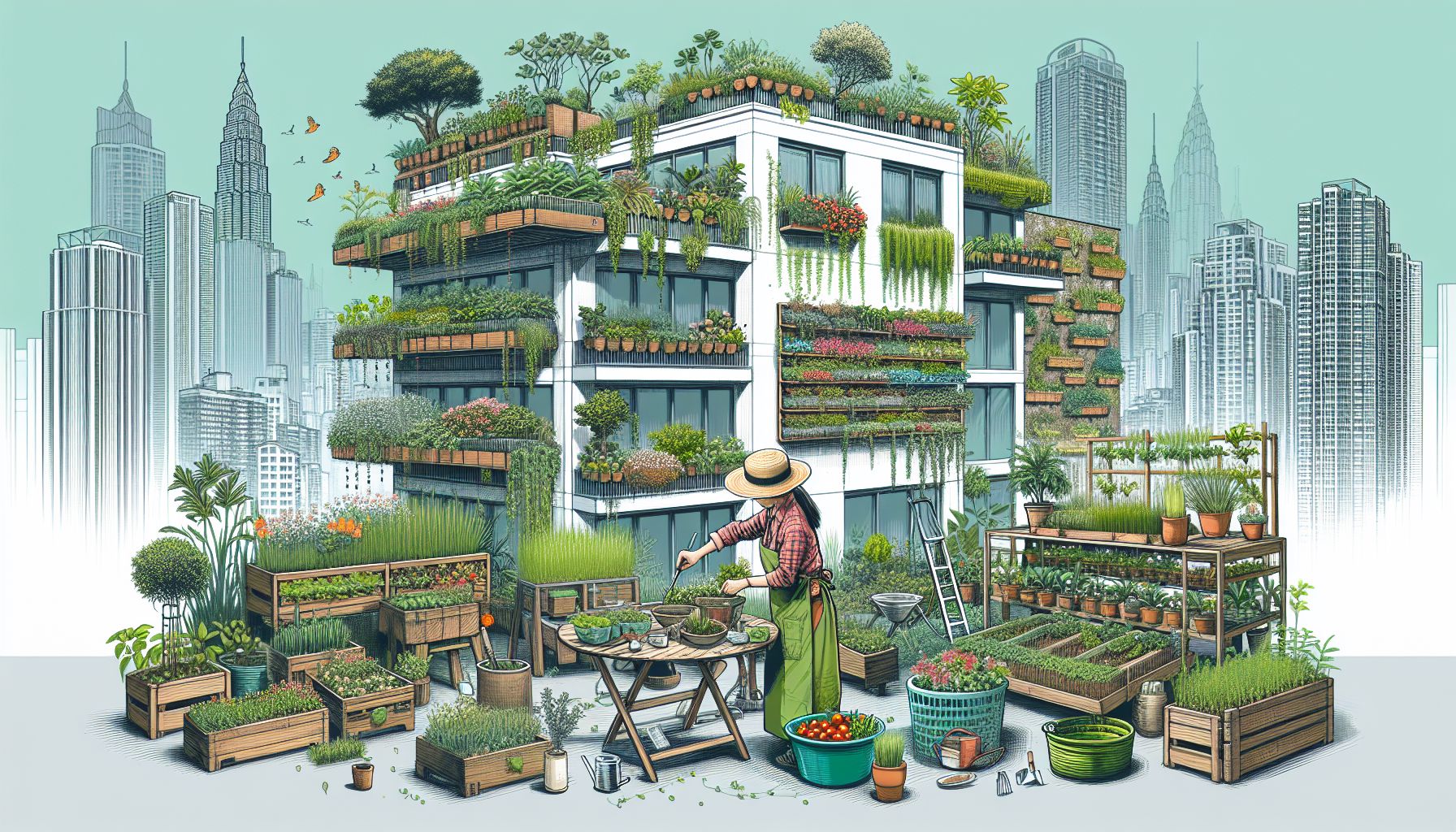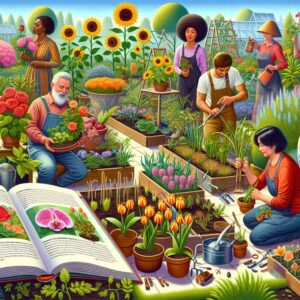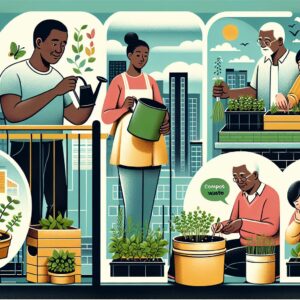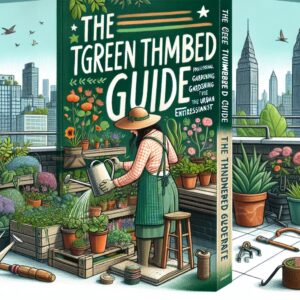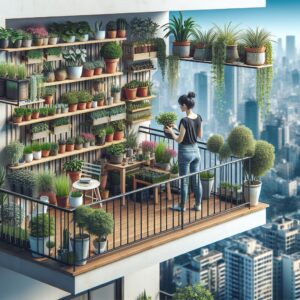Whether you are a seasoned gardener or a novice, gardening offers a refreshing retreat from our bustling daily routines. The process of nurturing plants from seeds to full bloom is deeply satisfying and rewards us with remarkable personal growth and a richer understanding of the environment. However, since Urban gardening comes with its sets of challenges, it is essential to arm yourself with a few expert tips. Here’s a helpful guide to exploring gardening ideas and orchestrating them seamlessly into your urban space.
Understanding the Basics
Before we delve into the specifics, it is crucial to comprehend some basics that form the foundation of both conventional and urban gardening:
- Soil: One of the necessities of gardening is fertile soil, and it is pivotal to have a good understanding of it. Soil not only offers a physical base to the plant but also provides vital nutrients, water, and air.
- Sunlight: Most plants require a good amount of sunlight to perform photosynthesis. As a rule, vegetables and herbs need between six to eight hours of sunlight each day.
- Water: Just like sunlight, water is also integral for plant growth. Your plants’ water requirements will depend on the type of plant, the weather, and the temperature.
- Selection of Plants: Plant selection should ideally be based on your locality’s weather conditions, the quality of your soil and the amount of sunlight your space receives.
Urban Gardening Ideas
Given the constrained space available in urban environments, it is vital to maximize the use of available resources while minimizing waste. Here is how you can do it:
- Vertical Gardening: The idea of growth is often associated with increasing horizontally, but in an urban environment, the key to effective usage of space is vertical growth. Vertical gardening can involve trellises, hanging baskets, tiered planters or even repurposing items like old ladders or crates.
- Container Gardening: If you lack garden soil, containers come in handy. They are convenient, mobile, and can be placed anywhere with suitable sunlight. When using containers, ensure they have good drainage and that they are large enough to cater for the plant’s growth.
- Indoor Gardening: Certain plants can survive indoors by taking advantage of natural or artificial light. Herbs like parsley, chives, or mint make ideal indoor plants.
Useful Gardening Tips
Here are some best practices to elevate your urban gardening experience:
- Composting: Composting is an excellent way to recycle kitchen and yard waste. It can enrich soil and reduce the requirement for fertilizers, promoting healthy plant growth.
- Plant Rotation: This practice involves changing the location of your plants from time to time. Rotation helps prevent diseases that can live in the soil and can enhance soil fertility.
- Timely Pruning: Pruning encourages plants to produce more, makes them healthier and better shaped.
- Water Conservation: Watering your plants during the cooler parts of the day can reduce water evaporation and stress on your plants. Also, mulching can help to retain moisture in the soil.
In conclusion, it is very affirming to see the impact you have on your environment and the fulfillment it brings when you see your plants thrive. Through urban gardening, the opportunity to better our environment and ourselves is at our fingertips, even in the heart of the asphalt jungle. So go ahead, get your hands dirty and watch a green oasis spring up in your very own urban space!
